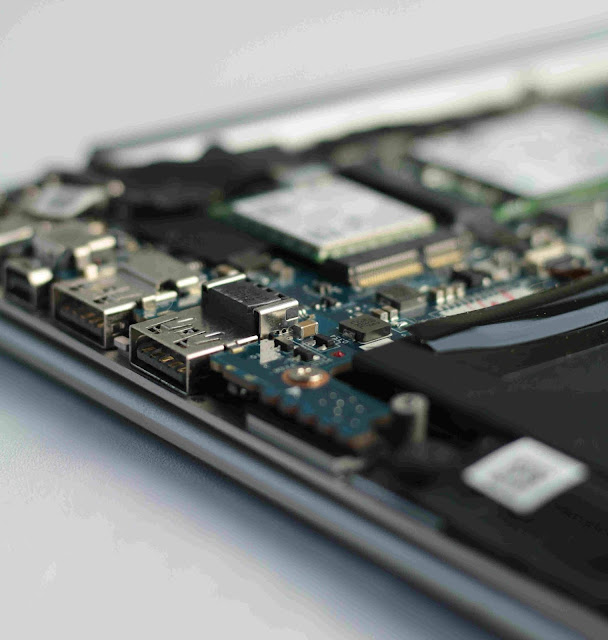Intel vs AMD for my server

This is a continuation of my previous post " Building a Server from scratch " My XPS 12 9q33This Too Shall Pass Lets recap. In my previous post I narrowed down the processor ( i3-9100 ), chipset ( B360 ) and the motherboard ( Asus B360M-A ) I would use if I'm going with an Intel system. This would cost me about $235. In this post I'll be looking at a comparable AMD system. The main areas I'll be covering in this post are, AMD processor discovery Compare the chosen AMD processor with the Intel one Chipset and Motherboard options for the chosen AMD processor Choosing the right memory for my server How to choose a power supply unit Hard drive selection Generally when comparing processors, the main parameters to look at are; Clock speed Number of cores Number of threads Locked / Unlocked ( in other words is it overclockable ) In this instance since, my requirement is to run a server on this hardware and the number of cores becomes the major...



